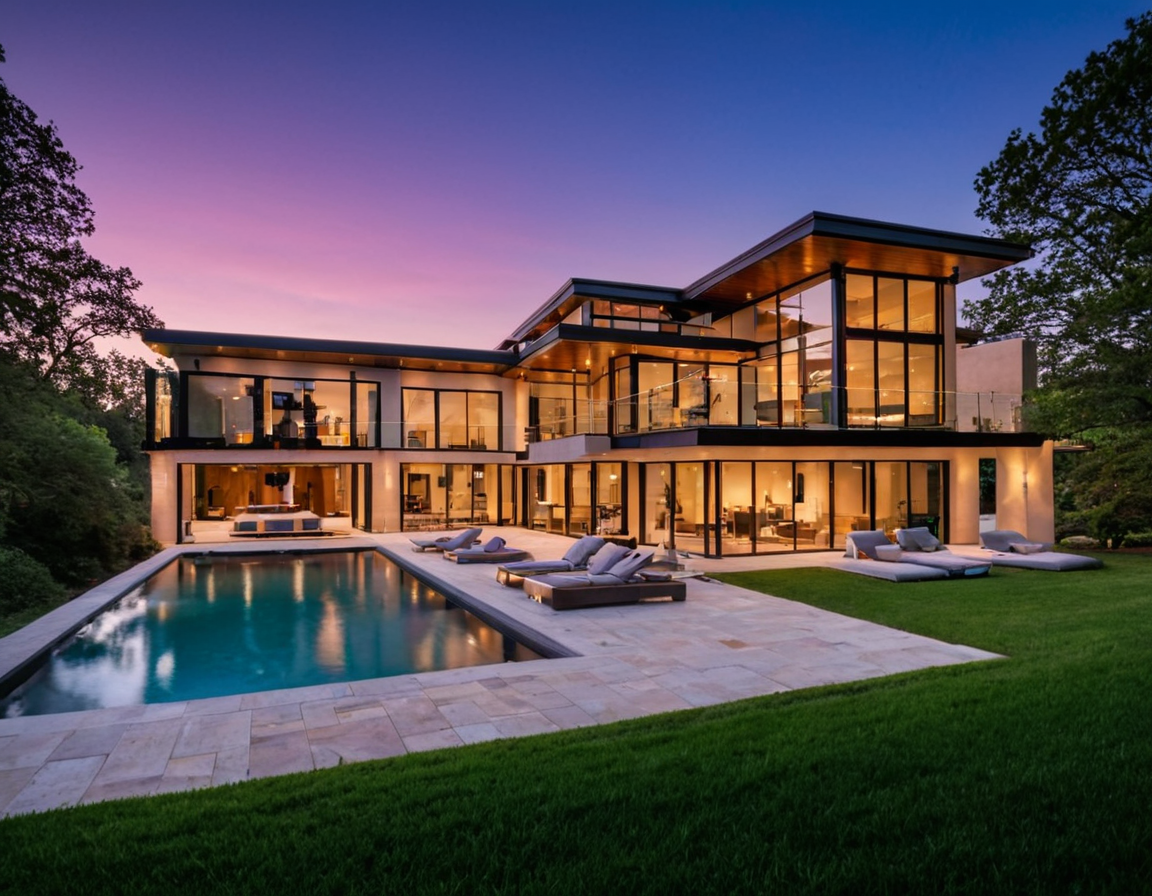High Lux Real Estate Phot

Nicheing Down for High-End Property Photography: From Landscape to Luxury Real Estate
Introduction
The world of property photography has evolved significantly over the years, with an increasing demand for high-end visuals that showcase luxury properties in their finest light. As a photographer, understanding the nuances of nicheing down to specific areas of specialization is crucial for standing out in the market and delivering exceptional results to clients. In this article, we will delve into the world of luxury real estate photography, exploring what it entails, the benefits, and providing practical examples to get you started.
Understanding Luxury Real Estate Photography
Luxury real estate photography involves capturing high-end properties in a way that appeals to the discerning buyer’s eye. This style of photography requires a deep understanding of lighting, composition, and attention to detail. The goal is not only to showcase the property’s best features but also to create an emotional connection with potential buyers.
Key Considerations
Before we dive into the practical aspects, it’s essential to consider the following key factors:
- Target audience: Understanding who your target audience is and what they expect from a luxury real estate photography service.
- Property type: Familiarizing yourself with different types of properties, such as villas, mansions, or apartments, and their unique requirements.
- Location: Being aware of the local market trends, competition, and regulatory requirements.
Pre-Production
Effective pre-production is critical in ensuring that your photography session runs smoothly and delivers high-quality results. Here are some essential steps to consider:
Research and Planning
- Conduct thorough research on the property, its history, and any notable features.
- Develop a comprehensive plan, including shot lists, lighting setups, and styling requirements.
Styling and Set Dressing
- Work closely with interior designers, architects, or homeowners to ensure consistency and accuracy in the final images.
- Focus on creating a cohesive aesthetic that reflects the property’s unique character.
Shooting Techniques
Once you have your plan in place, it’s time to start capturing images. Here are some advanced techniques to consider:
Lighting
- Utilize natural light whenever possible, taking advantage of golden hour or overcast skies.
- Invest in high-end lighting equipment, such as softboxes or LED panels, for controlled environments.
Camera Settings
- Experiment with different camera settings, including aperture, shutter speed, and ISO, to achieve the desired effect.
- Leverage advanced features like focus stacking or HDR imaging to add depth and dimensionality.
Post-Production
The final stage of the photography process involves post-production. Here’s what you need to know:
Editing Software
- Familiarize yourself with industry-standard editing software, such as Adobe Lightroom or Photoshop.
- Stay up-to-date with the latest features and updates to ensure optimal performance.
Color Grading and Retouching
- Develop a consistent color palette that aligns with your brand and client expectations.
- Invest in advanced retouching techniques, like AI-powered editing tools, to enhance image quality without compromising authenticity.
Deliverables and Client Communication
As a luxury real estate photographer, it’s essential to deliver high-quality images that meet or exceed client expectations. Here are some best practices for deliverables and communication:
Image Delivery
- Provide clients with high-resolution images in various formats (e.g., PSD, JPEG).
- Offer additional services, like print-ready files or virtual tours.
Client Communication
- Maintain open lines of communication throughout the project.
- Ensure timely delivery and address any concerns or issues promptly.
Conclusion
Nicheing down to luxury real estate photography requires a deep understanding of the industry, attention to detail, and a commitment to delivering exceptional results. By following the practical examples and best practices outlined in this article, you’ll be well on your way to establishing yourself as a leading professional in this niche. Remember to stay focused on your target audience, continually educate yourself on the latest techniques and trends, and always prioritize quality over quantity.
What’s next?
As you continue to grow your luxury real estate photography business, consider expanding your services to include virtual tours, 360-degree panoramas, or even drone capture. By diversifying your offerings, you’ll not only increase revenue streams but also establish yourself as a one-stop-shop for high-end property marketing.
The future of luxury real estate photography
With the rise of social media and online marketplaces, the demand for high-quality visuals is more pressing than ever. As you navigate this rapidly evolving landscape, remember to stay adaptable, keep pushing the boundaries of creativity, and always prioritize delivering exceptional results that exceed client expectations.
Tags
luxury-property-photography high-end-visuals real-estate-nicheing exclusive-homes pristine-properties
About Luis Torres
Hi, I'm Luis Torres, a photographer and blogger passionate about helping creatives grow. With a background in photography and a knack for teaching, I share actionable tips & techniques on lentecreativa.com to inspire and educate photographers of all levels.
